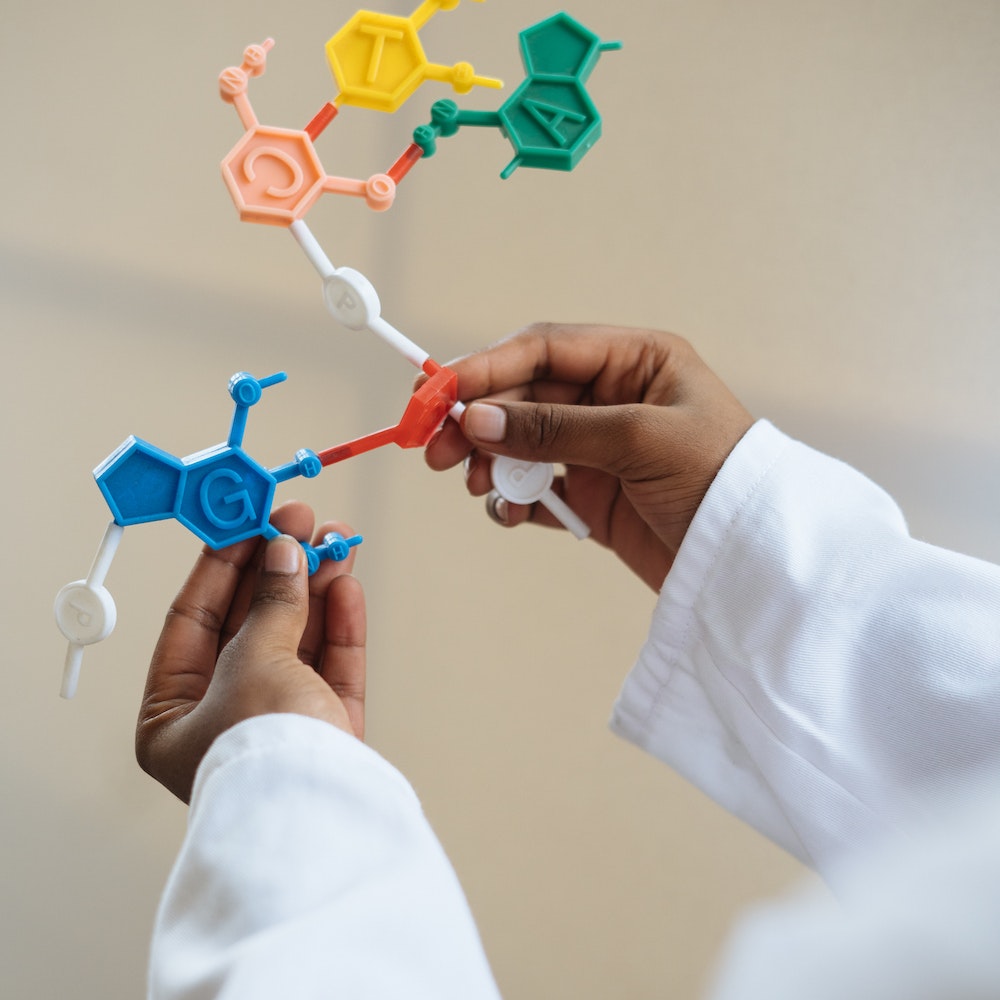What are the Process Requirements of Clause 7.2 in ISO 17025? Are the selection, verification and validation of methods in a lab environment significant?
In the main blog of How-To: Process Requirements of Clause 7 in ISO 17025, it is said that a laboratory must have a procedure in place to review requests, tenders, and contracts. The procedure must cover various aspects, such as that the requirements are defined, documented, and understood, that the laboratory has the necessary internal resources to meet customer and regulatory requirements and that the customer’s approval is sought prior to performing activities by an external provider. Moreover, the methods or procedures chosen must be appropriate and capable of meeting the customer’s requirements.
This blog will dive into the Process Requirements of Clause 7.2 in ISO 17025 – Selection, Verification, and Validation of Methods. Here, one will understand the responsibilities that laboratories carry when it comes to selecting and verifying methods work. It is important to note that such a clause is divided in two sub-clauses. Firstly, the standard goes over the selection and verification of methods. Secondly, the methods are validated. Now, let’s dive into the process requirements of Clause 7.2 in ISO 17025.
Clause 7.2.1 | Selection and Verification of Methods
The laboratory must always make use of proper methods and procedures for all laboratory activities, including evaluation of measurement uncertainty and statistical techniques for data analysis. All practices and policies, including supporting documentation, external documents, and instructions or manuals, must be periodically reviewed and made readily available to all personnel.
The laboratory must make it a point to keep in line with all updated methods. A client may not specify a particular method; when this occurs, it is up to the laboratory to select the appropriate procedure. The laboratory must, however, choose a method that is considered best for the client’s situation and is updated to the latest version. In-house methods can be used; however, it is typically recommended to use standards, scientific texts, or journals. The laboratory must communicate its decision to the client upon selecting the method.
All methods are to be verified to ensure that they are fit for purpose. The laboratory must establish that the chosen method has been published internationally, regionally, nationally, or by another reputable technical organization. Additionally, the verification of these methods must also be done within the lab itself to ensure that the laboratory has sufficient means to carry out the method.
Moreover, the process requirements of Clause 7.2 in ISO 17025 dictate that the laboratory must retain all records of such verification and shall be periodically reviewed. If method development is required to be done from scratch, this activity must be assigned to competent personnel with adequate resources. Periodic reviews must take place for all method developments, and any modifications done to the method must be approved and authorized.








